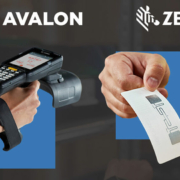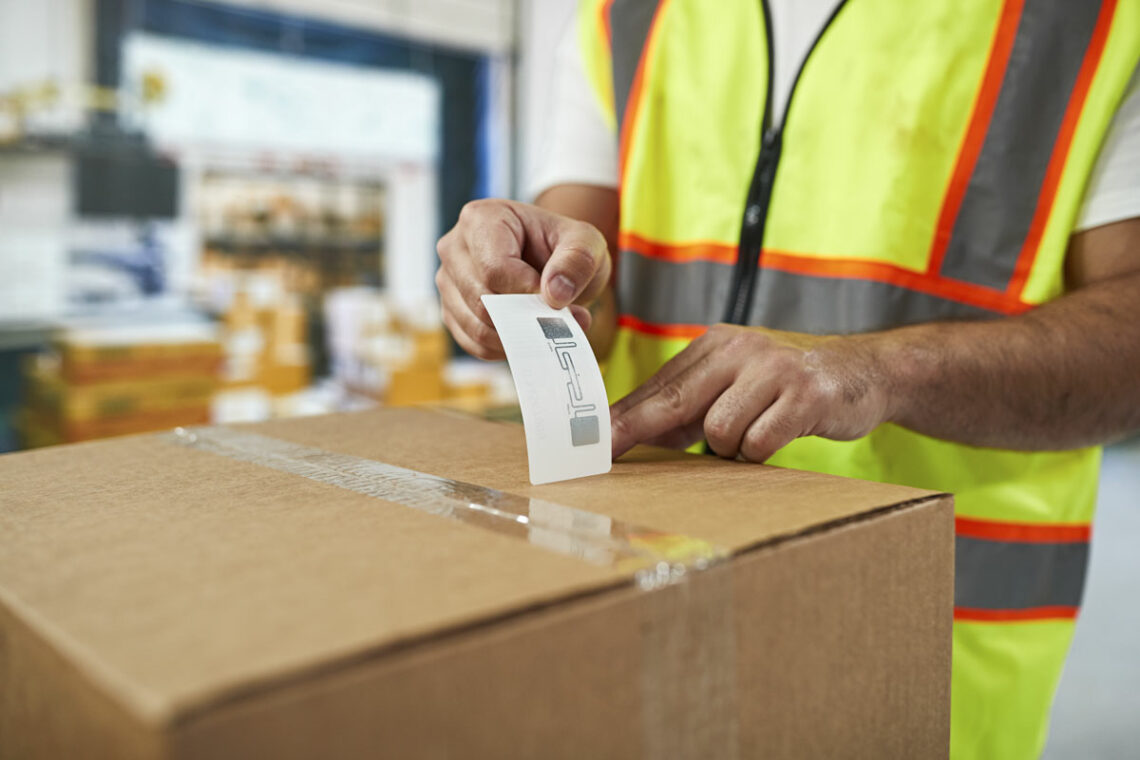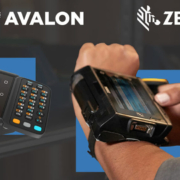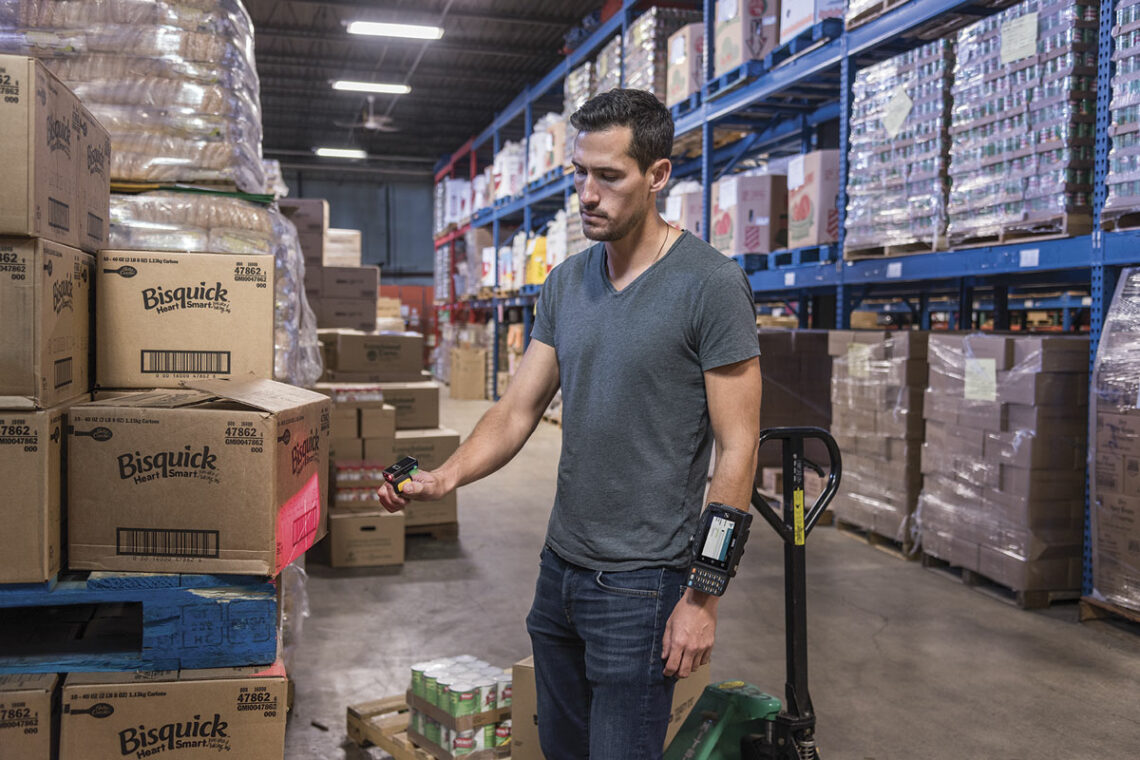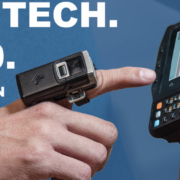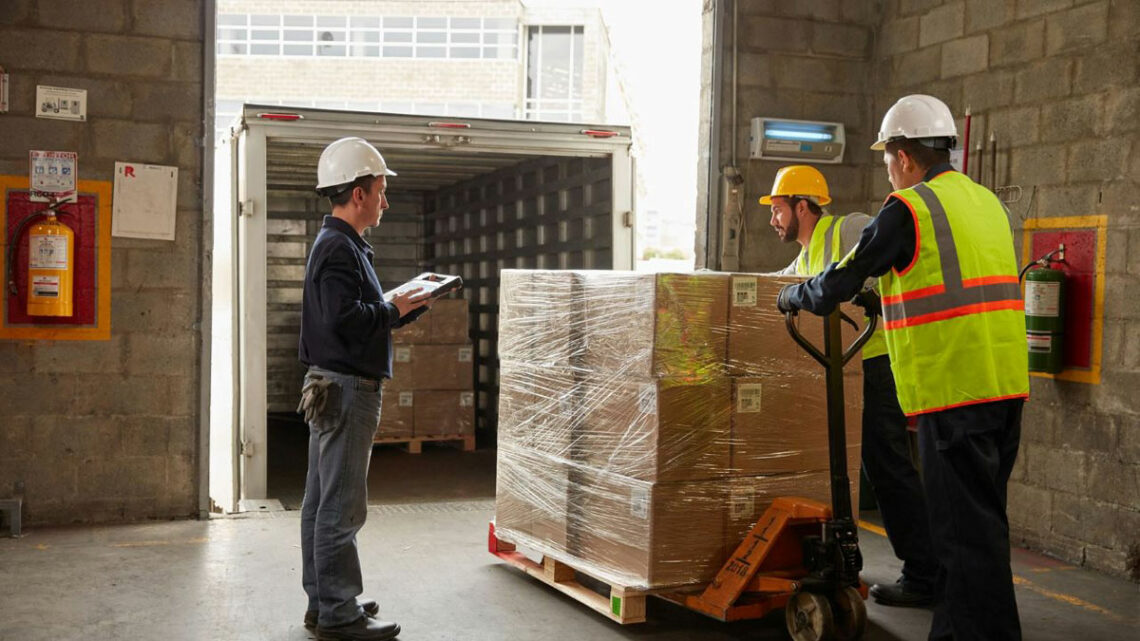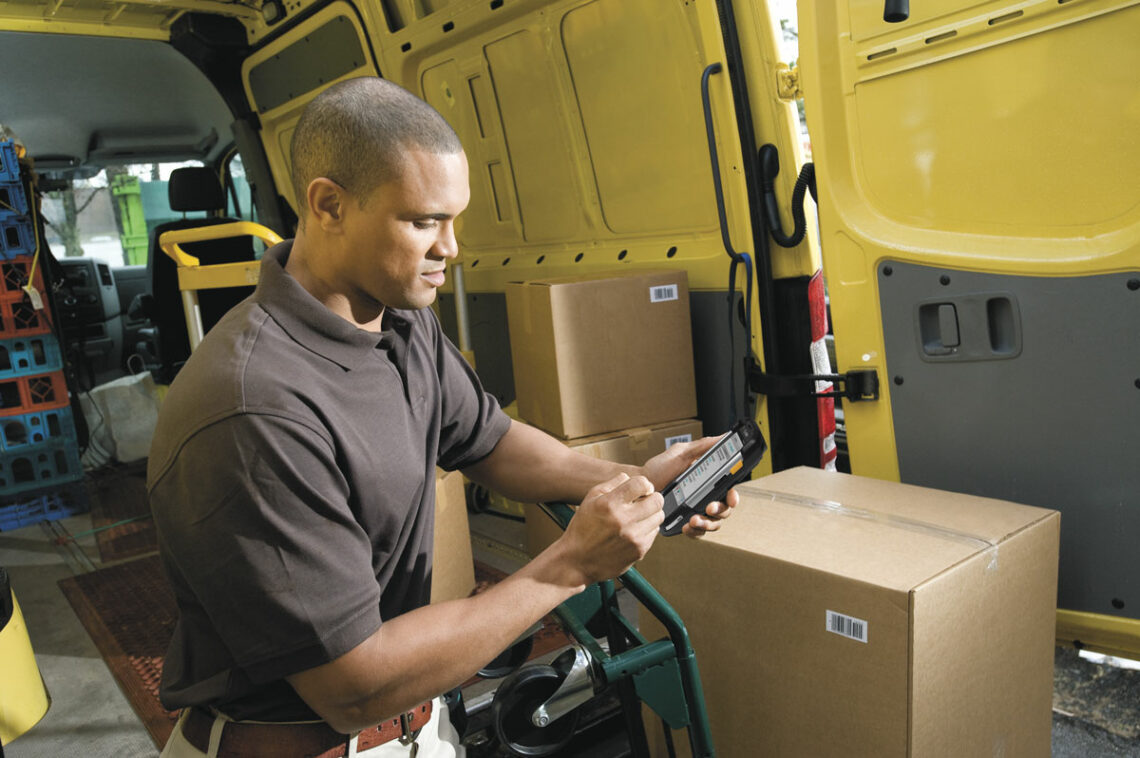In 1999, the term, “Internet of Things” (IoT) was merely a concept used to explain the possibilities of early RFID technology; however, today’s 26 billion internet-connected devices have turned the concept into reality. From enterprise-grade to consumer technology, studies project a 49 billion growth in internet-connected devices worldwide by 2025, averaging around 10 devices for every human on the planet.
Not surprisingly, modern-day locationing solutions have evolved to enhance warehouse visibility while accommodating more devices into increasingly complex supply chains. However, there is no such thing as a one-size-fits-all locationing solution. From RFID tags to GPS tracking, today’s locationing systems can be adapted to fit your workflow’s unique requirements. As leaders in innovative efficiency, Avalon Integration encourages considering eight elements that can dictate locationing efficiency.
Locating the Best Locationing System
Every industry can benefit from accurate locationing, but that doesn’t mean all solutions will be the same. Storage facilities may not require detailed real-time visibility if only general locationing suffices. On the other hand, food-processing factories might need in-depth visibility into storage temperature and asset lifespan. Whatever your application may be, consider the following influencing factors:
- Read range – Not all readers can cover large warehouses, and not all tags can survive long voyages across the globe while remaining functional. Determining read range is crucial in selecting a reader that fits your operations.
- Location accuracy – Today’s RFID solutions can track moving inventory, but if your assets are mostly static, this may not be needed.
- Asset type – Certain solutions may not fit with your assets. For example, RFID tends to underperform on metal, and real-time locationing may be unsuitable for tracking personnel due to privacy issues. In addition to asset type, work environment may also impact your locationing system’s efficiency.
- Battery Lifespan – Much like read range, battery lifespan limits how far your locationing system can go.
- Connectivity Options – From Bluetooth to WiFi, every connectivity option has its benefits and limitations. Common connectivity options include Bluetooth, WiFi, GPS, cellular/satellite, 4/5G, and LTE.
- Compatibility – Data without readability is useless. Insight collected by your locationing system can be used to optimize operations and streamline efficiency; therefore, data should be accessible through your mobile devices.
- Cost – Because of different read ranges and lifespans, locationing systems can vary in price, which means there could be a more cost-effective option than mainstream solutions.
Offering a wide ecosystem of visibility technology, Avalon Integration partners with Zebra Technologies in designing efficient locationing systems that address every consideration listed above with efficient functionality. Whether it’s through Zebra’s RFID-based MotionWorks or the industry’s most-efficient line of enterprise-grade tablets, choose a visibility solution that best adapts to your workspace.
Ready to start? Contact Avalon Integration today for an in-depth assessment of your workflow to find a visibility solution centered on your needs.

